Celebrating Love Parks Week 2024
Love Parks Week is an annual celebration that highlights the vital role of green spaces in boosting the health and well-being of residents and communities. This year it runs from July 26th to August 4th.
Grounds Maintenance, Landscape Creation, Arboriculture, Sports Surfacing, Parks management, IOS Managing Safely Training, Ecology & Biodiversity, Grass cutting, Horticulture, Street Cleaning, Soft Landscaping, Hard Landscaping
idverde provides a wide range of green services, including grounds maintenance, landscape creation, and advice services, to both private and public sectors across the UK.
Luke Blanchard, is the new idverde/RSPB Biodiversity Advisor based in the London Borough of Bromley. We thought we would get to know Luke a bit more by asking him a few questions.
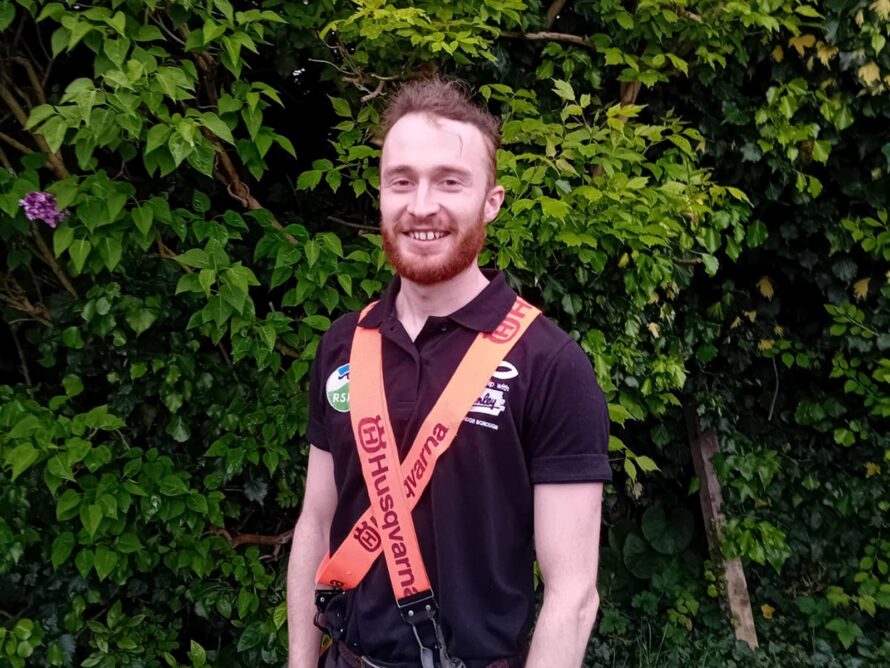
How did you get into this field of work?
Though I studied BSc (Hons) Forest Management in the fells of the Lake District, I grew up in Bromley, and it was in these same woodlands now under my care that I found myself first enchanted by the natural world all those years ago. What began with exploring the woods at the end of my road with my brother as a toddler, turned into me volunteering with the local rangers as a teenager, which inspired me to pursue a career in the management of woodlands and trees, and in turn to wider conservation for the wealth of wildlife under our noses (and above our heads!) that goes too often overlooked.
I’ve worked on a highly experimental and diverse forestry estate in Staffordshire, where I was responsible for planning the ecological restoration of several PAWS (Plantation on Ancient Woodland Site) areas, in which the NVC (National Vegetation Classification) was an invaluable tool.
I then specialised in tree health, and worked in the Tree Officer team for two different London boroughs–a big change from rural Cumbria and Staffordshire, but one that took me back to my roots. I want London to be a city where people and the rest of nature thrive side by side, and I don’t believe the future of human beings and wild things is zero-sum.
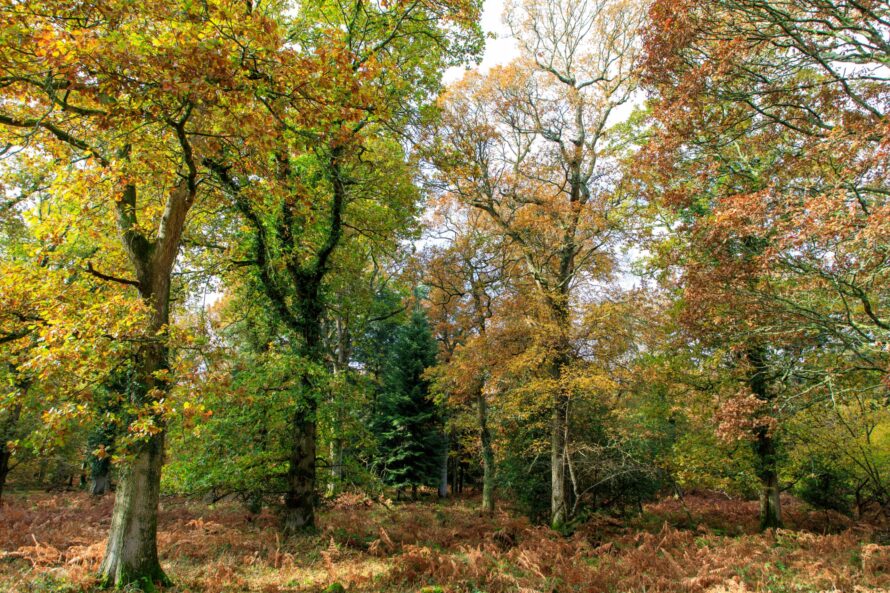
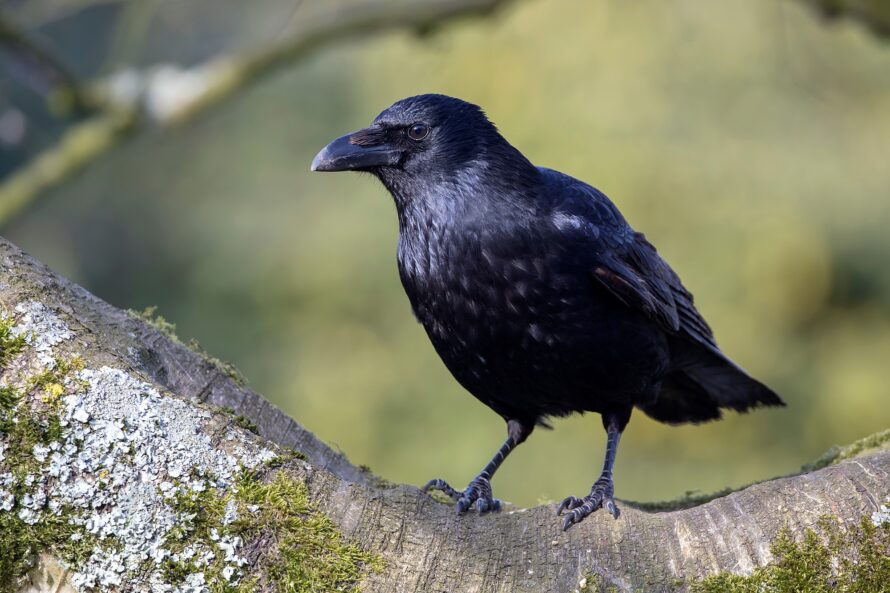
What is your favourite bird and why?
This may be an unusual choice, but my favourite bird has to be the humble Carrion Crow (Corvus corone). They’re not the most fashionable or attention-grabbing of animals nowadays but I’ve always found them very beautiful, and as well as being frighteningly clever, they’re steeped in mythology. We see them as morbid, but they make life out of death, and that’s a miracle visible in every trophic level of the ecosystem–Crows just make it more obvious.
What was one of the first things on the agender when you started?
In the first week of my new role as Biodiversity Advisor, I was lucky enough to help lead an important scrub-clearance operation to foster the expansion of the heathland with the help of the Friends of Hayes Common, whose tea-and-cake-fuelled gusto is visible in these before and after photos
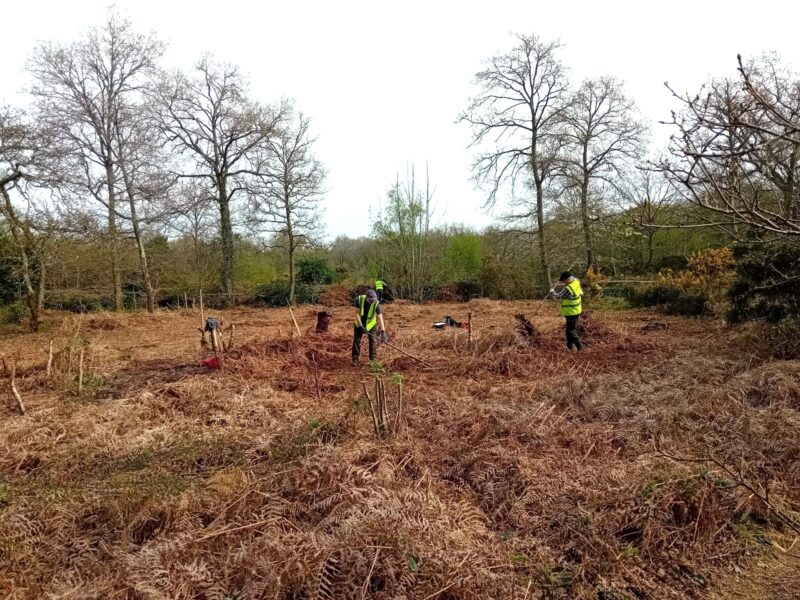
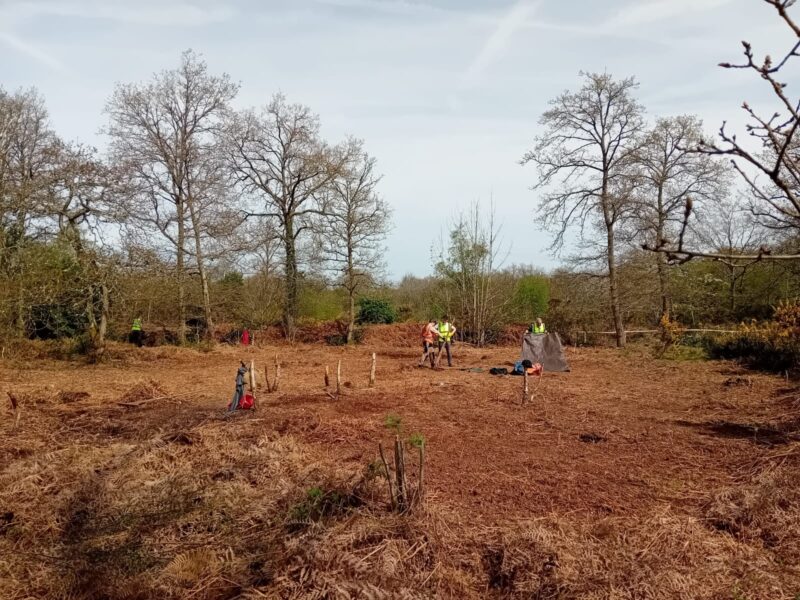
Hayes Common in Bromley is one of the Greater London’s prized heathlands, of which only 80 hectares remain throughout the city. Heathland is a favoured habitat for the Viviparous Lizard (Zootoca vivipara), Least Weasel (Mustela nivalis) and Stoat (Mustela erminea) and in particular, the Nightjar (Caprimulgus europaeus), whose numbers fell by 51% between 1972 and 1992.
Bracken (Pteridium aquilinum), Bramble (Rubus fruticosus agg), and Silver Birch (Betula pendula) had been making an effort to turn this area into a woodland, but from historical survey maps we knew that this patch was once heathland too, and that the soil would continue to harbour long-dormant Heather seeds (Calluna vulgaris). Since Birch, the woodland-maker, reduces the acidity of the soil when left to its own devices, it was vital that we cut it back and dig out the stumps. Using a brush-cutter, gorse was also cleared, and the Friends raked away the brash, the Bramble and the Bracken to make a dead hedge and expose the soil. We’re hoping that, which some continued TLC, the dormant Heather seeds will germinate and this area can be reclaimed for the Nightjar.
What short term goals do you have for Bromley?
In the short term, my plan for Bromley is to wind back the thorn and scrub succession taking place on my calcareous grassland site, noted for its rare orchid species (such as the Man Orchid, Orchis anthropophora), for its butterflies and for the nationally declining Marsh Tit (Poecile palustris), as well as to restore my woodland sites by removing invasive Cherry Laurel (Prunus laurocerasus), and make these woodlands more accessible to all members of the public.
What longer term goals do you have for Bromley?
In the long term, I want Bromley to improve the resilience of its woodlands to future pests, diseases and climate change by diversifying its native tree stock, to increase the variety in woodland structure with various age classes, and maximise the habitat potential of the Borough’s threatened grasslands, hedgerows and currently highly polluted rivers. I want Bromley to be famed for its urban and peri-urban biodiversity, and to cultivate a culture of fierce stewardship for nature in the Borough among residents of all walks of life.
For the past six years, idverde has been working in close partnership with the RSPB (Royal Society for the Protection of Birds) to create significant nature conservation achievements across the country.
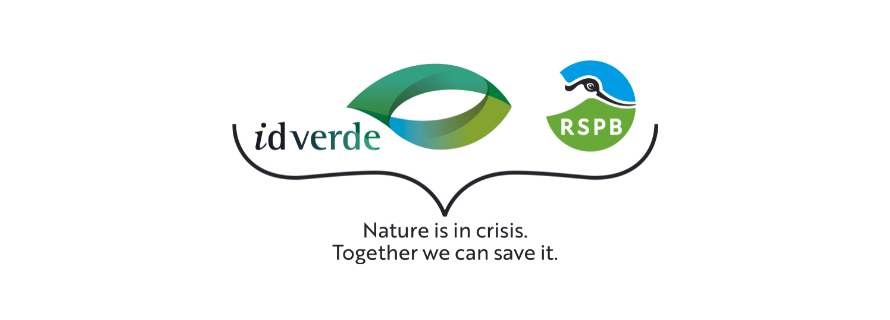
This partnership brings together the commercial breadth of idverde and the specialist knowledge of the RSPB, which has improved habitats for the species that are critical to our survival and brought businesses and public organisations into direct contact with their local environment.
The partnership covers projects all over the country, with the longest standing project in Bromley. Welcome to the team Luke and we look forward to hearing about all the work that happens over the coming year.